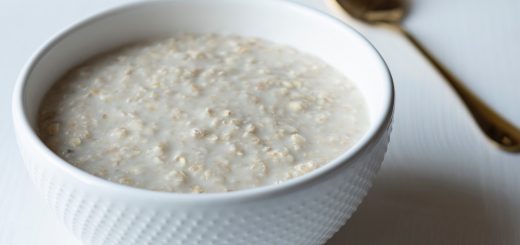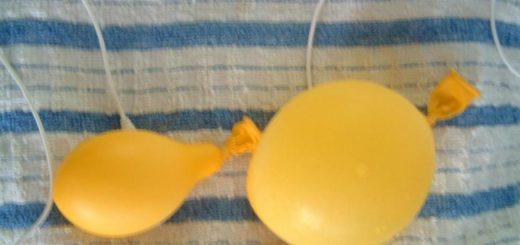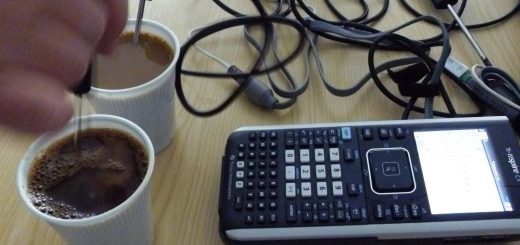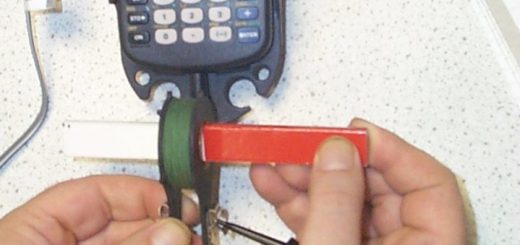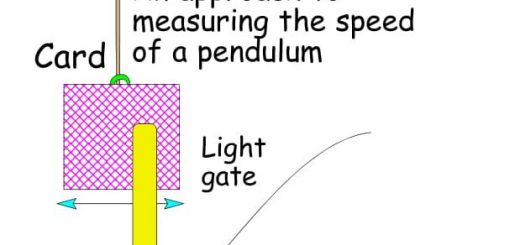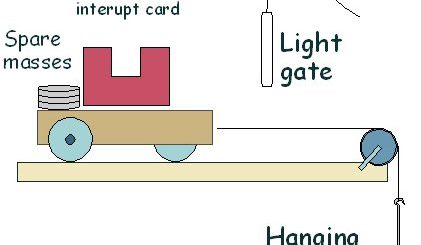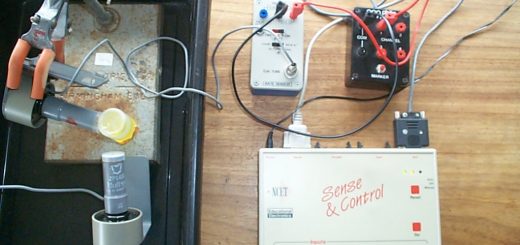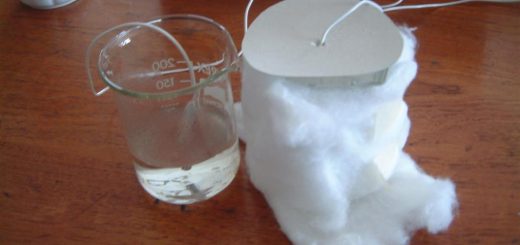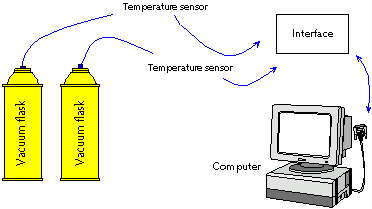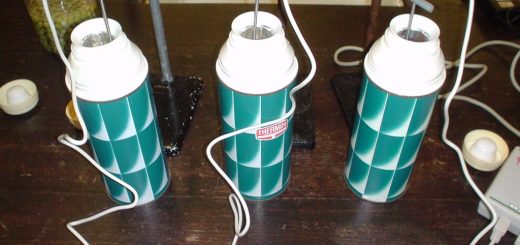characteristics of a thermistor
visitors this year: 207 A thermistor is an electronic component whose resistance changes with temperature. The voltage and current of a thermistor can be measured as the temperature changes. Sensors allow you to take...
magnetic field in a coil
visitors this year: 129 You can ‘see’ magnetic fields using iron filings. You can measure the strength of magnetic fields using a magnetic field sensor connected to a computer. How, for example, does that...
current-voltage relationships
visitors this year: 132 In this experiment the resistance of a lamp, resistor or diode is measured as the current is varied. Voltage and current sensors make the measurements while the software plots the...
capacitor discharge
visitors this year: 88 The voltage and current in a circuit change when a capacitor charges and discharges. Computer sensors can measure these changes and software can plot a graph as fast as this...
types of battery 2
visitors this year: 112 Batteries or electrical cells are made using different substances. There are zinc dry-cells, alkaline cells and lead-acid accumulators. When you use them, the chemicals become exhausted at different rates. So...
types of battery
visitors this year: 154 Batteries are a handy source of power. You’ll know that there are different kinds of batteries, and maybe that some are good for some jobs, and some for others. But battery...
pendulum & simple harmonic motion
visitors this year: 258 A position sensor can be used to study this. The sensor is attached to a weight and spring assembly as shown. This can also be used to study the effects...
pressure & temperature
visitors this year: 316 The pressure in a sealed container changes with temperature. These changes can be monitored using sensors attached to the computer. A graph of pressure against temperature can be plotted as...
radioactive half-life
visitors this year: 226 Radioactive materials decay, or lose their radioactivity, in a predictable way. If you have a fast decaying source, such as Protactinium with a half life of just 72 seconds, you...
heat conduction through a window
visitors this year: 57 Get two temperature sensors to measure the temperature inside and outside a window. You may find that over a long period of time it is best to record your data...
heat conduction
visitors this year: 135 You can use a temperature sensor to study the conduction of heat through materials. Two temperature sensors allow you to compare different materials at the same time. In this example,...
insulation of stacked cups
visitors this year: 71 Three plastic cups are stacked inside each other and a temperature probe placed between each cup. Before stacking the final cup hot water (take care) is poured into the middle...
insulation
visitors this year: 325 You can use a temperature sensor to study the insulating properties of materials. Two temperature sensors allow you to compare different materials at the same time. In this example two...
aerobic and anaerobic respiration
visitors this year: 263 When a living thing, such as yeast, respires it produces heat. It may do this in the presence or absence of oxygen. These processes are called aerobic respiration and anaerobic...
photosynthesis
visitors this year: 422 How are plants affected by light? During photosynthesis oxygen is produced. How much photosynthesis occurs depends on how much light there is. You can measure the amount of oxygen produced...
warm germinating seeds
visitors this year: 180 When seeds germinate they use energy and give off heat. To test this, you can use temperature sensors which will continuously monitor any heat produced. You will set up some...
when do plants grow
visitors this year: 165 It’s not easy to measure how fast a plant grows. You would probably not be too keen to take measurements every few hours – and especially not overnight. There are...
energy in food
visitors this year: 62 As food burns it releases energy. This energy can be used to heat up water. If you know how much water you used, and how hot it gets, you can...
lipase and milk fat
visitors this year: 1,010 Fats, such as the fats in milk, need to be digested by your body. They are broken down into fatty acids and glycerol by an enzyme called lipase. You can...
fermentation
visitors this year: 166 In the manufacture of yoghurt, bacteria turn lactose into lactic acid. The acid denatures or spoils the milk protein and sets it solid. In the process, the milk starts to...
how the pulse changes
visitors this year: 62 The speed of your pulse changes as you go about your day. It changes as you sit, walk or exercise. It is quite easy to record your pulse using the...
monitor breathing
visitors this year: 342 Is your breathing steady while you sit restfully? How does it change when you talk? How does it change when you exercise? How quickly do you recover after exercise? To...
changes in an aquarium
visitors this year: 253 Life in any aquatic habitat has to be supported by oxygen. We are all too familiar with rivers and streams where the oxygen supply has been exhausted and the river...
investigating the enzyme amylase
visitors this year: 200 Amylase catalyses the breakdown of starch into sugar. How is the activity of this enzyme affected by temperature? You can start to find out by monitoring the activity at different...
measuring visible change in liquids
visitors this year: 292 Measuring the appearance of cloudy sulfur when we mix acid and sodium thiosulfate is a popular science teaching activity. We can change the temperature or concentration of the reagents, and...




